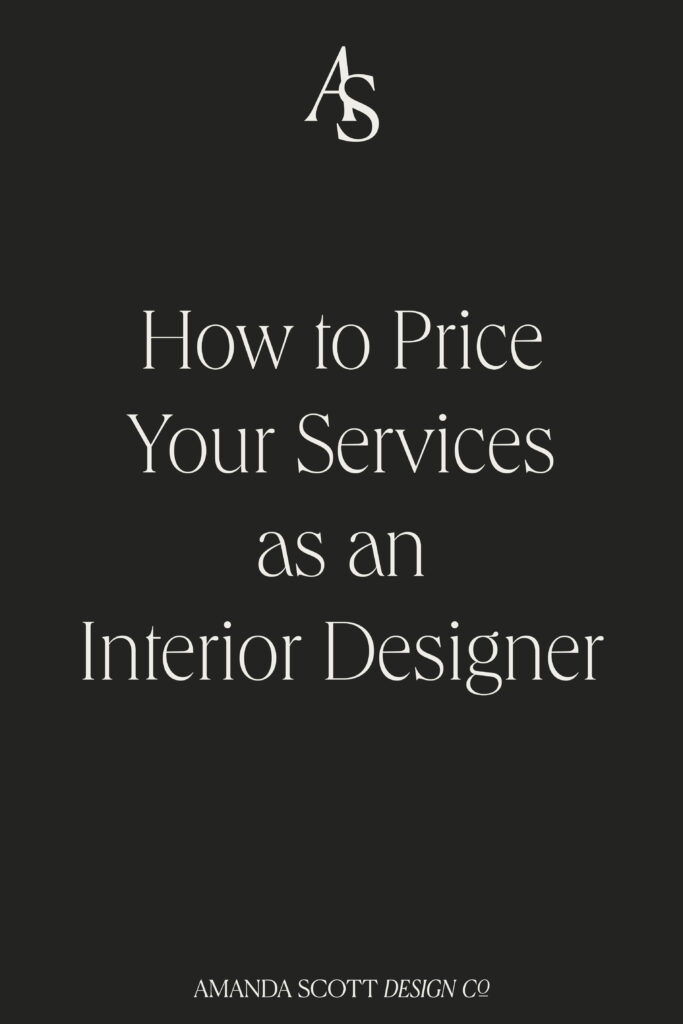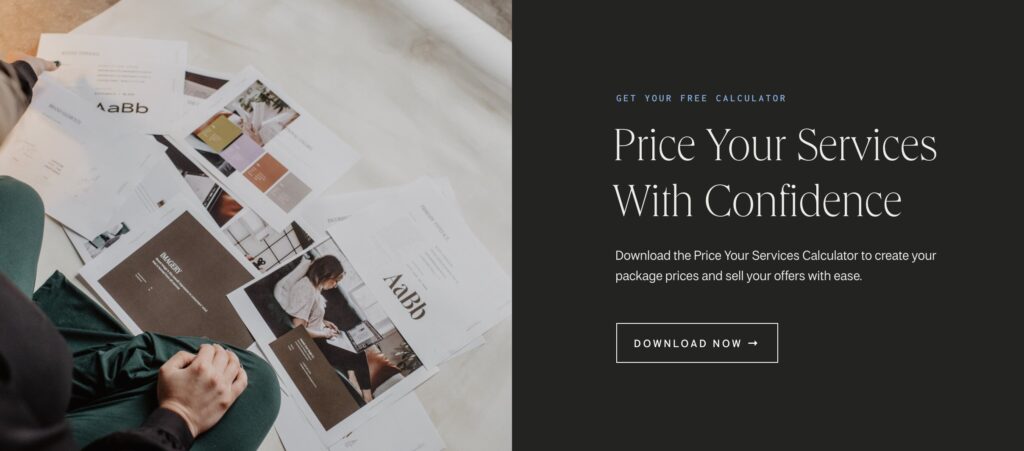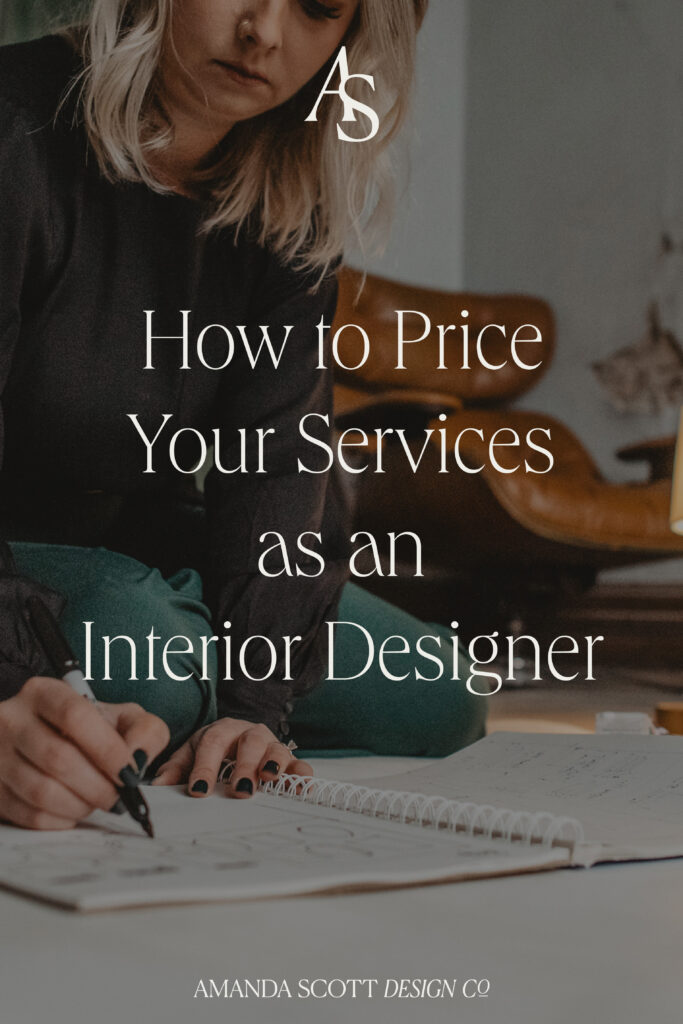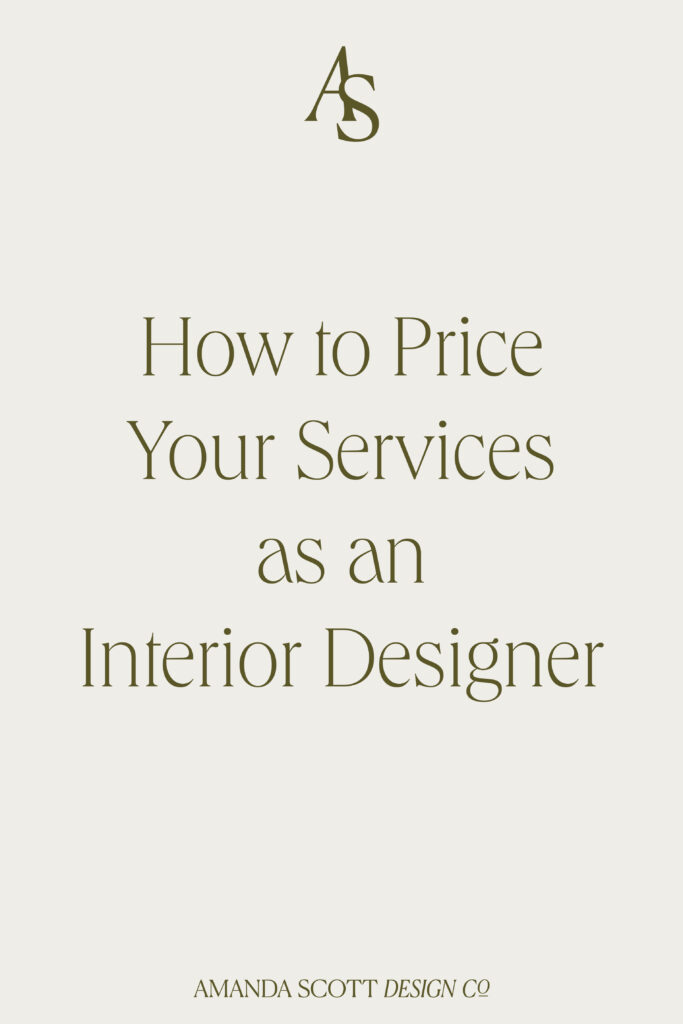Pricing your services as an interior designer can be tricky. Should you charge by the hour? By square footage? By project? Or maybe use a flat design fee? With so many different approaches in the industry, it’s no wonder designers often feel unsure about what to charge.
Here’s the thing: the right pricing structure is the one that supports your goals — not just what other designers are doing.
Whether you specialize in full-home remodels, luxury interiors, or smaller space refreshes, your pricing should reflect your expertise, time, and the kind of business you want to run.

Common Mistakes Interior Designers Make When Pricing
If you’ve ever second-guessed your numbers, you’re not alone. Some of the biggest missteps designers make are:
- Relying on industry “standards” without factoring in their own unique goals and overhead.
- Not billing for all their time, like sourcing products, creating mood boards, or managing contractors.
- Underestimating project scope, which leads to extra hours that aren’t compensated.
- Forgetting about taxes and expenses — things like software, travel, assistants, and even product samples add up fast.
The result? You’re working hard but not seeing the income you want.

What to Consider When Setting Your Rates
To price confidently, step back and look at the bigger picture:
- What are my income goals?
How much do you want to make each month (after taxes)? - What are my business expenses?
This might include office rent, software subscriptions, travel, contractors, or marketing. - How many clients can I realistically take on?
Consider the scope of each project. A whole-home remodel could take months, while a smaller decorating package may take weeks. - How much time goes into each phase of a project?
From consultations to presentations to site visits, every step matters when calculating your rates.
Pricing Models for Interior Designers
Interior designers typically use a mix of these pricing structures:
- Hourly Rate → Simple, but can feel limiting and undervalue creative expertise.
- Flat Fee/Project Rate → Great for clarity upfront, though you’ll need to be crystal clear on scope.
- Square Footage or Percentage of Project Cost → Works well for large remodels, but may not fit smaller projects.
- Package-Based Pricing → Offering tiers (like design-only, design + sourcing, full-service design) helps clients choose based on budget and needs.
Each model has pros and cons — but whichever you choose should align with your workload, income goals, and business model.
Take the Guesswork Out of Pricing
The hardest part of pricing? Turning those goals and project details into actual numbers.
That’s where my free Price Your Services Calculator comes in. 🧮
It helps you:
- Run the numbers based on your unique income goals.
- Factor in expenses and taxes so you don’t get surprised later.
- See how changes in project load or rates affect your bottom line.
👉 Download the free calculator here and finally feel confident about what you charge.
Final Thoughts
Your design services go far beyond picking paint colors or arranging furniture — you’re creating spaces that change the way people live. Your pricing should reflect the value, expertise, and care you put into every project.
When you stop guessing and start pricing with intention, you’ll attract the right clients, avoid burnout, and build the business you’ve been dreaming of.
👉 Grab the Price Your Services Calculator today and take the stress out of setting your rates.


